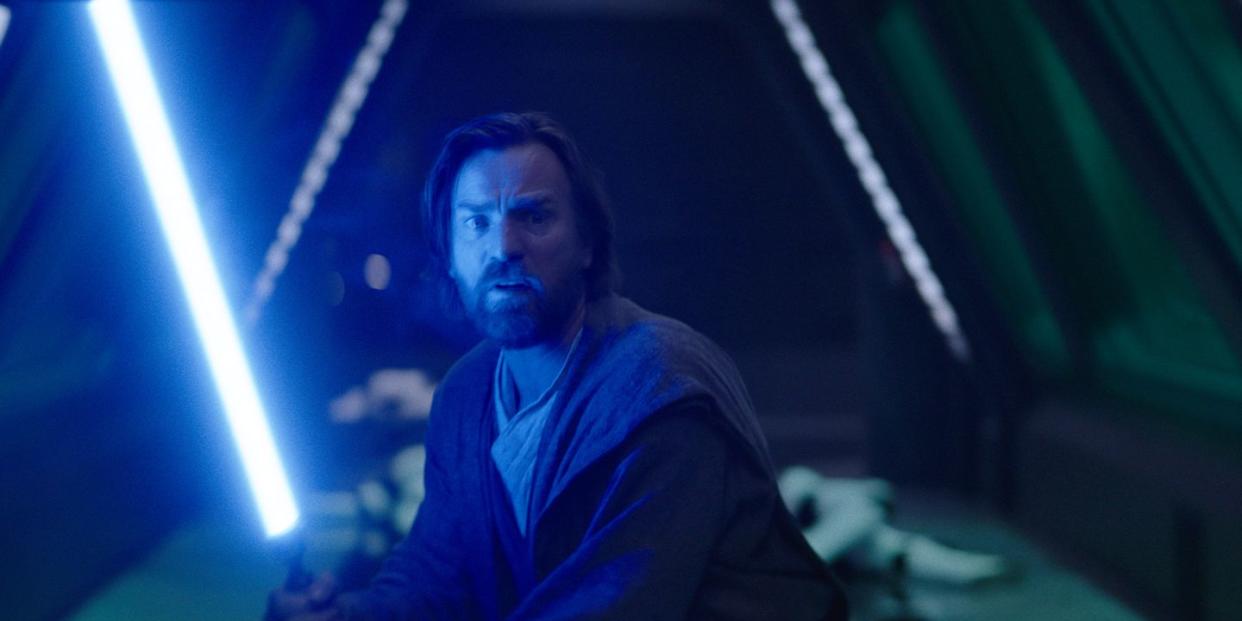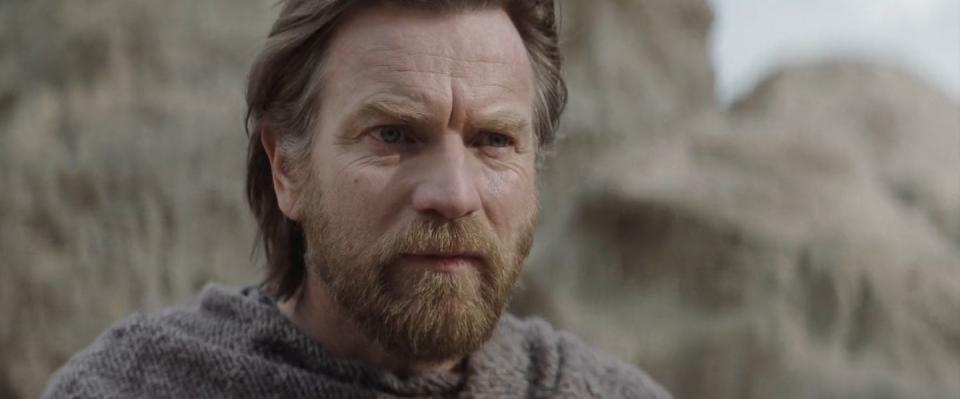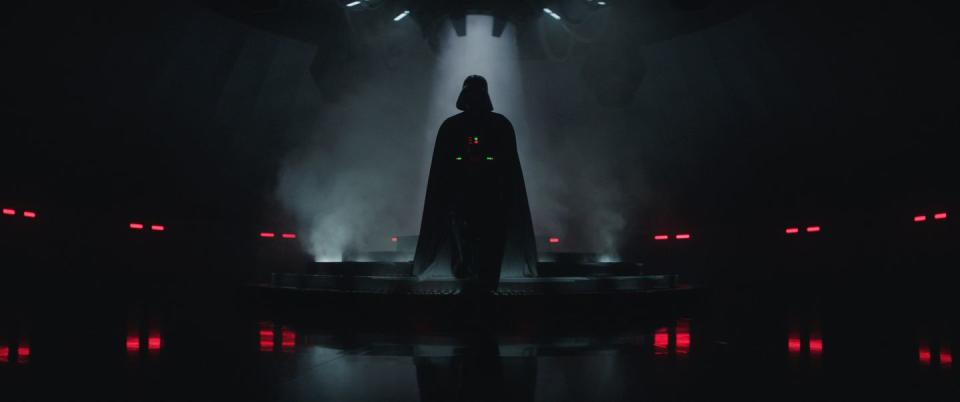Obi-Wan Kenobi's biggest problem highlights a wider issue for Star Wars

Disney’s Obi-Wan Kenobi has come to an end with an explosive finale that wrapped up plot threads and answered some long-standing questions (including some that maybe didn’t need answers).
While Star Wars fans, like Reva, might find themselves hopelessly searching for meaning in a figurative desert until the release of Andor later this year, there were some pressing issues that the show’s final act raised.
Namely, while Moses Ingram's Reva got a decent character arc, the core cast of Leia, Obi-Wan and Anakin didn’t see much progression (if any) over the course of the show.

Sure, we got some fun interactions and weighty moments, but the show’s fixed position within an expansive timeline meant that growth in any direction was never really on the cards.
At the start of the show, Obi-Wan is watching over Luke on Tatooine because he’s worried about the Empire finding him. Then, over the course of six episodes, he protects Leia from the Empire and continues to feel bad about how things with Anakin ended up. By the finale's conclusion, he returns to Tatooine, resolving to no longer observe the Lars family moisture farm.
Unfortunately, that’s about as much as we get. We don’t get a sense of what Obi-Wan’s new priorities are, or what he might be feeling beyond a general sense of hope.

In fact, a more traditional story might suggest that the lesson of his adventures with Leia would be that, contrary to being a ‘no attachments’ Jedi, the best way he can help the young Skywalkers is to actively be involved in their lives. Unfortunately, every other piece of Star Wars media prevents this natural next step from being taken.
That same fixed position, slotted snugly between the events of Revenge of the Sith/The Bad Batch and Rebels/A New Hope, also removes any major personal stakes from the series.
At no point during the last episode's climax did you feel like Anakin on Obi-Wan were in real danger, and the same goes for Luke and Leia. Lightsaber fights are fun, but the whole point of them is that they’re deadly.

They require skill to wield because the slightest slip-up could cause something grisly to happen. When this isn’t the case, when the sense of threat is removed, even the most dramatic action scene can seem weightless (see also Yoda’s tumbling-monkey act against Count Dooku in Attack of the Clones).
At no point do you think any of the core four characters might die, simply because you know plot armor means they can't.
This complaint, that digging more and more deeply into a narrower and narrower band of time in the Star Wars canon leads to diminishing returns, could be applied to any franchise spin-off.
Unfortunately for Star Wars, it’s made more pressing by the ever-increasing number of shows on the horizon and the apparent apprehension around introducing new characters. The criticism was leveled at Star Wars when Obi-Wan got announced and was a recurring refrain as Book of Boba Fett continued to wheel out characters in the name of fan service.

This conversation also converged with wider ethical concerns about what being so slavish to original canon and performances might lead to – given the way AI was used to 'de-age' Mark Hamill, in a similar vein to the posthumous use of Peter Cushing and Carrie Fisher's likenesses.
Ultimately it’s new, original characters that will hook in new, younger viewers. The reason why people are excited to see prequel cameos, or Clone Wars and Rebels characters, is because they were the lead stars of the shows and films they first watched.
That’s why characters like Reva, and to a lesser extent Idira Varma’s Tala, are such a breath of fresh air.
Reva, or Third Sister if you prefer, is the sole character within Obi-Wan Kenobi to get a complete arc.

She’s introduced as a somewhat precocious, angry underling of Darth Vader with a mysterious obsession with Obi-Wan and the Jedi, only to have her true motivations slowly unpacked before undergoing a major change of heart.
And yes, we know she's not entirely original, bearing striking similarities to previous Inquisitor characters like Jedi: Fallen Order’s Second Sister and even characters like Asaj Ventress, who begin as Padawans but end up darksided.
But beyond her typically Star Wars-y backstory, Reva also acts as an interesting narrative foil to Anakin. Her petulance and hot-headedness mirror the way Anakin is quick to act (and slow to think) in Attack of the Clones and Revenge of the Sith.

She, like Anakin, is lured to the dark side because of the strength she can pull from the trauma of her past. These similarities give her depth, although seem to have flown over the heads of fans who think she’s annoying or whiny (both accurate Anakin descriptors).
Looking forward we can only hope that Star Wars manages to escape the gravitational pull of its own legacy. Part of the justification for gutting the Lucasfilm-owned Expanded Universe was to free up the canon and allow for more creative and exciting stories told without having to juggle the weight of 40+ years of stories.
Unfortunately, for now, the stories we're getting are struggling to escape the weight of nine films.
Obi-Wan Kenobi is available to watch in full on Disney+.
You Might Also Like


